Porpidia macrocarpa (DC.) Hertel & A.J. Schwab
in Hertel, Beih. Nova Hedwigia, 79: 437, 1984. Basionym: Patellaria macrocarpa DC. in Lamarck & de Candolle - Fl. Franç., éd. 3, 2: 347, 1805.
Synonyms: Haplocarpon macrocarpum (DC.) M. Choisy; Huilia macrocarpa (DC.) Hertel; Lecidea baderi Müll. Arg.; Lecidea contigua auct. p.p.; Lecidea contigua var. platycarpa (Ach.) Fr.; Lecidea contortula Stirt.; Lecidea macrocarpa (DC.) Steud.; Lecidea macrocarpa f. oxydata (Körb.) Vain.; Lecidea macrocarpa var. steriza (Ach.) Vain.; Lecidea phylliscina Nyl.; Lecidea platycarpa Ach.; Lecidea steriza (Ach.) Vain.; Lecidea tenebrans Nyl.; Lecidea vinorubens Werner
Distribution: N - Frl (Tretiach & Hafellner 2000), Ven, TAA (Lecid. Exs. 276: Hertel 1992b, Caniglia & al. 2002 Nascimbene 2003, Nascimbene & al. 2007b, 2022, Lang 2009, Hertel & Schuhwerk 2010), Lomb (Valcuvia & al. 2003), Piem (Isocrono & Falletti 1999, Isocrono & al. 2003, 2004, Isocrono & Piervittori 2008, Giordani & al. 2014), VA (Borlandelli & al. 1996, Piervittori & Isocrono 1997, 1999, Piervittori & al. 1998, 2001, Valcuvia 2000, Matteucci & al. 2008c, 2015c, Isocrono & al. 2008, Favero-Longo & Piervittori 2009), Emil (Dalle Vedove & al. 2002, Fariselli & al. 2020), Lig. C - Tosc, Umb (Genovesi & al. 2002, Ravera & al. 2006), Laz, Abr, Mol (Ravera & Genovesi 2012, Genovesi & Ravera 2014), Sar (Nöske 2000, Rizzi & al. 2011, Neuwirth 2018). S - Camp (Ricciardi & al. 2000), Pugl, Bas, Cal (Puntillo 1996), Si (Ottonello & Salone 1994, Ottonello & al. 1994, Ottonello 1996, Ottonello & Romano 1997, Grillo 1998, Grillo & Caniglia 2004, Merlo 2004b, Brackel 2008b).
Description: Thallus crustose, endolithic or thinly epilithic, continuous to rimose-areolate, white, yellowish white, or pale grey, rarely ochre-coloured, sometimes delimited by a dark prothallus. Medulla white, I-. Apothecia lecideine, more or less round, sometimes clustered, slightly constricted at base, 1-4 mm across, with a black, flat to convex, sometimes slightly pruinose disc, and a more or less persistent, usually entire, thick and tumid (0.15-0.25 mm thick), raised proper margin. Proper exciple black to dark brown in outer part, paler and K- within (rarely K+ yellow), with 3-9 µm wide hyphae; epithecium brown or olivaceous brown; hymenium colourless, I+ blue, 90-130(-150) µm high; paraphyses sparingly branched and anastomosing; hypothecium pale to usually dark brown. Asci 8-spored, elongate-clavate, with a thin, outer amyloid layer and a thickened tholus penetrated by a pore, the sides of which are strongly amyloid, Porpidia-type. Ascospores 1-celled, hyaline, ellipsoid, (16-)18-25(-28) x (5-)7-11(-14) µm. Photobiont chlorococcoid. Spot tests: thallus K- or K+ yellow, C-, KC-, P- or P+ orange. Chemistry: stictic acid (major), constictic, norstictic and cryptostictic acids (all minor or trace), or without lichen substances. Note: on siliceous rocks near the ground, sometimes on metal-rich substrata in humid-sheltered situations, with a wide altitudinal range; present also in the Mediterranean belt, especially in forest areas, wherever suitable substrata are present. The record from Venezia Giulia reported by Nimis (1993: 568) was excluded, as it is from outside the present borders of Italy. See also note on P. crustulata.
Growth form: Crustose
Substrata: rocks
Photobiont: green algae other than Trentepohlia
Reproductive strategy: mainly sexual
Commonnes-rarity: (info)
Alpine belt: rather rare
Subalpine belt: rather common
Oromediterranean belt: rare
Montane belt: rather rare
Submediterranean belt: very rare
Padanian area: absent
Humid submediterranean belt: rather rare
Humid mediterranean belt: very rare
Dry mediterranean belt: extremely rare
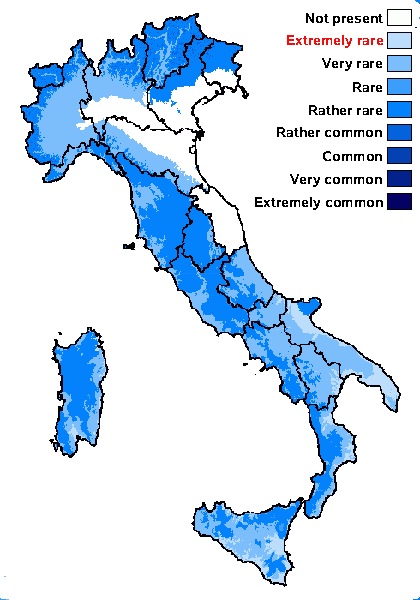
Predictive model
Herbarium samples
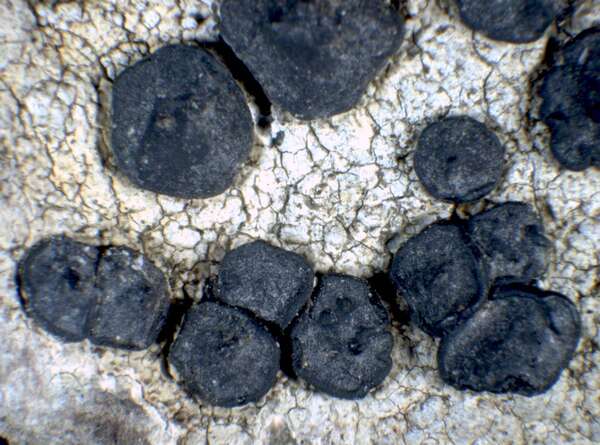

P.L. Nimis; Owner: Department of Life Sciences, University of Trieste
Herbarium: TSB (13599)
2001/11/29

Bernard Bouffinier - Source: http://www.lichensmaritimes.org/index.php?task=fiche&lichen=160&lang=en
France, Audierne
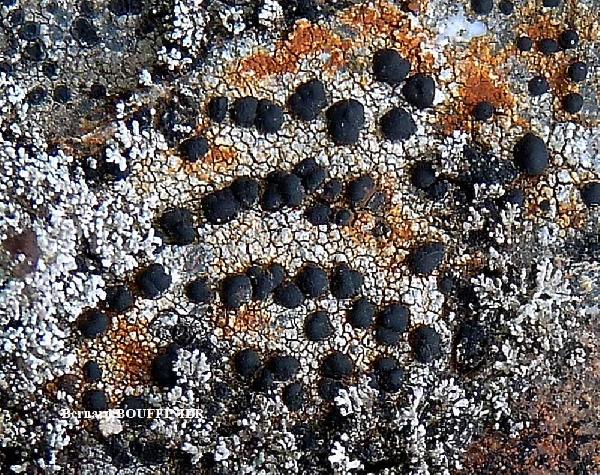
Bernard Bouffinier - Source: http://www.lichensmaritimes.org/index.php?task=fiche&lichen=160&lang=en
France, Commana

Bernard Bouffinier - Source: http://www.lichensmaritimes.org/index.php?task=fiche&lichen=160&lang=en
France, Morgat
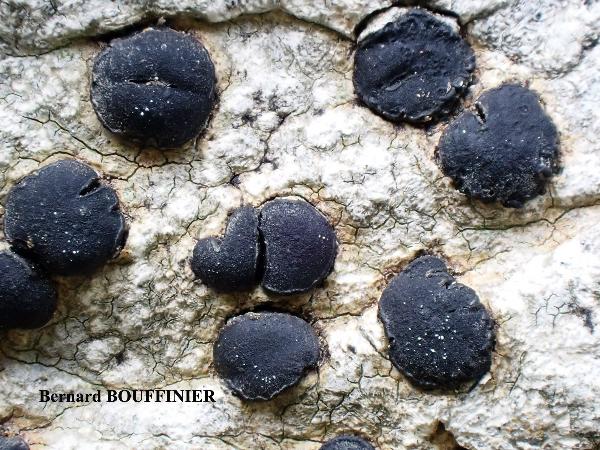
Bernard Bouffinier - Source: http://www.lichensmaritimes.org/index.php?task=fiche&lichen=160&lang=en
France, Roscanvel

Michel David - Source: http://www.lichensmaritimes.org/index.php?task=fiche&lichen=160&lang=en
France, Lostmarc'h
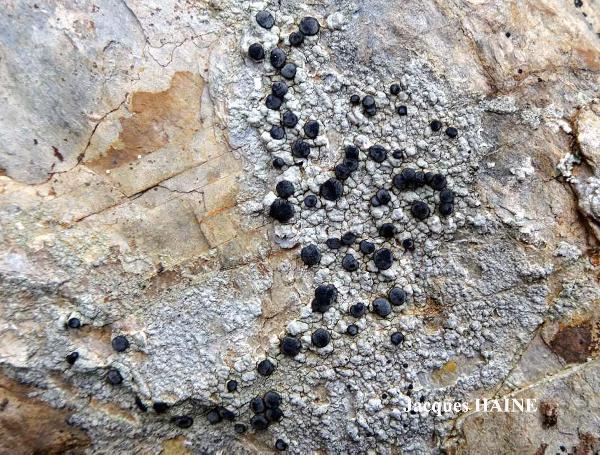
Jacques Haine - Source: http://www.lichensmaritimes.org/index.php?task=fiche&lichen=160&lang=en
France, La Fraternitè
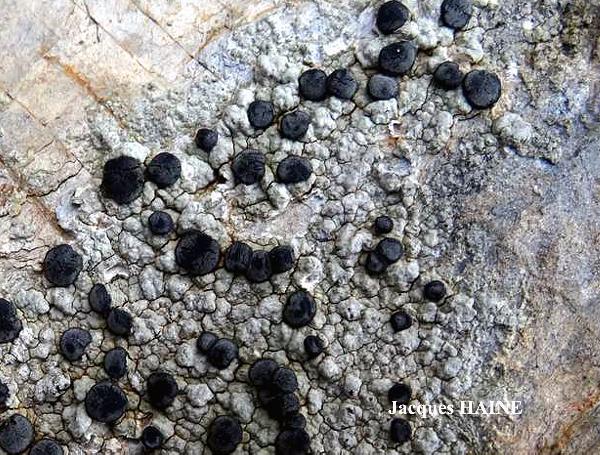
Jacques Haine - Source: http://www.lichensmaritimes.org/index.php?task=fiche&lichen=160&lang=en
France, La Fraternitè
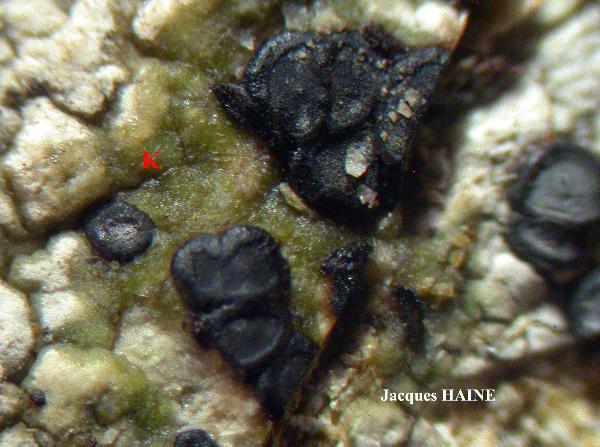
Jacques Haine - Source: http://www.lichensmaritimes.org/index.php?task=fiche&lichen=160&lang=en
France, La Fraternitè
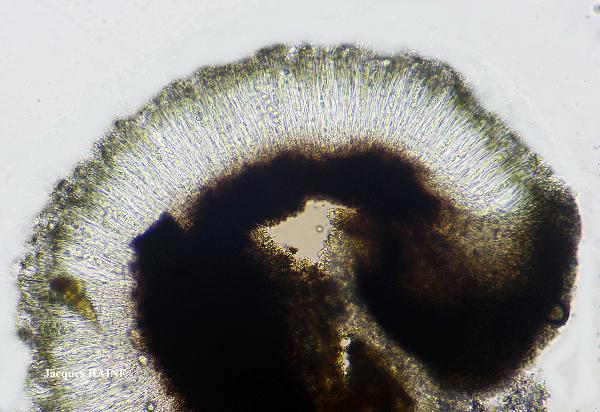
Jacques Haine - Source: http://www.lichensmaritimes.org/index.php?task=fiche&lichen=160&lang=en
France, La Fraternitè
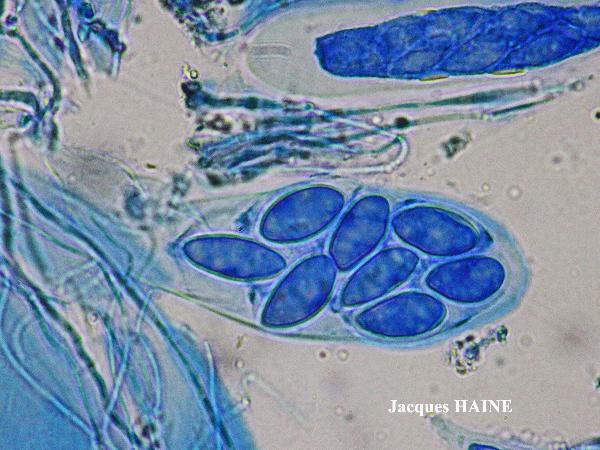
Jacques Haine - Source: http://www.lichensmaritimes.org/index.php?task=fiche&lichen=160&lang=en
France, La Fraternitè

Jacques Haine - Source: http://www.lichensmaritimes.org/index.php?task=fiche&lichen=160&lang=en
France, La Fraternitè
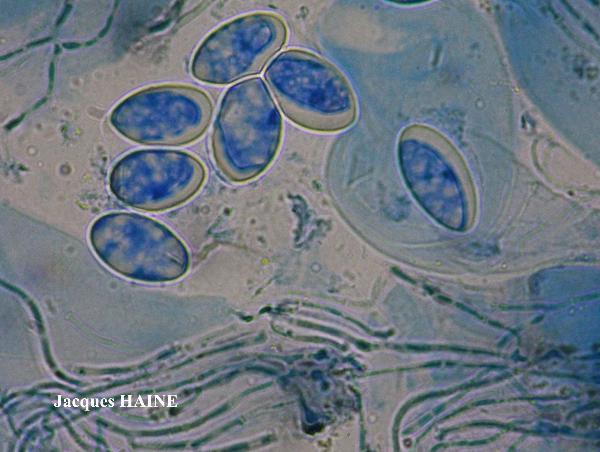
Jacques Haine - Source: http://www.lichensmaritimes.org/index.php?task=fiche&lichen=160&lang=en
France, La Fraternitè
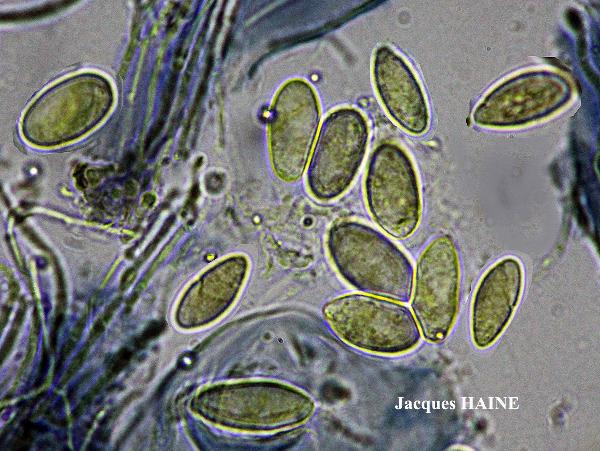
Jacques Haine - Source: http://www.lichensmaritimes.org/index.php?task=fiche&lichen=160&lang=en
France, La Fraternitè
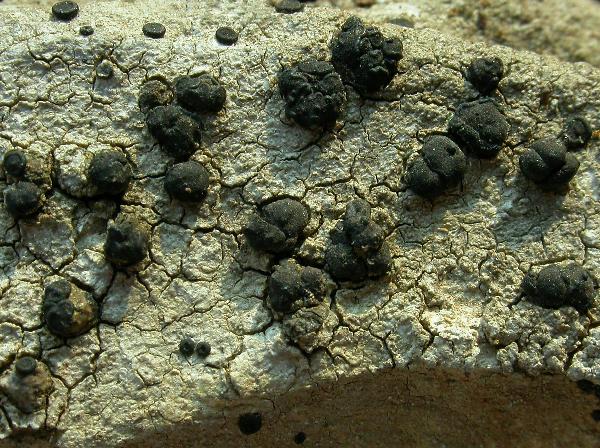
Ulrich Kirschbaum CC BY-SA 4.0 - Source: https://www.thm.de/lse/ulrich-kirschbaum/flechtenbilder
Central Europe; Germany: Hesse.
Growth form: Crustose
Substrata: rocks
Photobiont: green algae other than Trentepohlia
Reproductive strategy: mainly sexual
Commonnes-rarity: (info)
Alpine belt: rather rare
Subalpine belt: rather common
Oromediterranean belt: rare
Montane belt: rather rare
Submediterranean belt: very rare
Padanian area: absent
Humid submediterranean belt: rather rare
Humid mediterranean belt: very rare
Dry mediterranean belt: extremely rare

Predictive model
| Herbarium samples |


P.L. Nimis; Owner: Department of Life Sciences, University of Trieste
Herbarium: TSB (13599)
2001/11/29

Bernard Bouffinier - Source: http://www.lichensmaritimes.org/index.php?task=fiche&lichen=160&lang=en
France, Audierne

Bernard Bouffinier - Source: http://www.lichensmaritimes.org/index.php?task=fiche&lichen=160&lang=en
France, Commana

Bernard Bouffinier - Source: http://www.lichensmaritimes.org/index.php?task=fiche&lichen=160&lang=en
France, Morgat

Bernard Bouffinier - Source: http://www.lichensmaritimes.org/index.php?task=fiche&lichen=160&lang=en
France, Roscanvel

Michel David - Source: http://www.lichensmaritimes.org/index.php?task=fiche&lichen=160&lang=en
France, Lostmarc'h

Jacques Haine - Source: http://www.lichensmaritimes.org/index.php?task=fiche&lichen=160&lang=en
France, La Fraternitè

Jacques Haine - Source: http://www.lichensmaritimes.org/index.php?task=fiche&lichen=160&lang=en
France, La Fraternitè

Jacques Haine - Source: http://www.lichensmaritimes.org/index.php?task=fiche&lichen=160&lang=en
France, La Fraternitè

Jacques Haine - Source: http://www.lichensmaritimes.org/index.php?task=fiche&lichen=160&lang=en
France, La Fraternitè

Jacques Haine - Source: http://www.lichensmaritimes.org/index.php?task=fiche&lichen=160&lang=en
France, La Fraternitè

Jacques Haine - Source: http://www.lichensmaritimes.org/index.php?task=fiche&lichen=160&lang=en
France, La Fraternitè

Jacques Haine - Source: http://www.lichensmaritimes.org/index.php?task=fiche&lichen=160&lang=en
France, La Fraternitè

Jacques Haine - Source: http://www.lichensmaritimes.org/index.php?task=fiche&lichen=160&lang=en
France, La Fraternitè

 INDEX FUNGORUM
INDEX FUNGORUM
 GBIF
GBIF
 DOLICHENS
DOLICHENS







